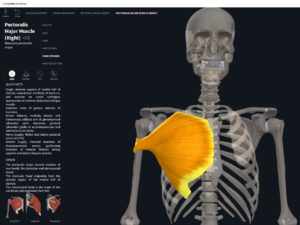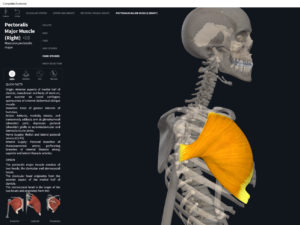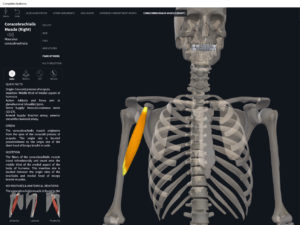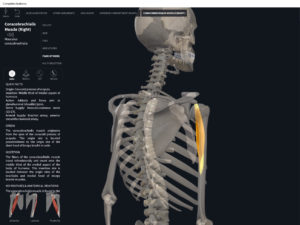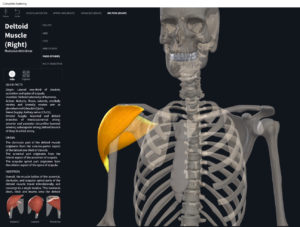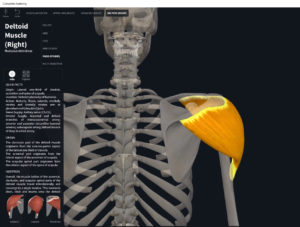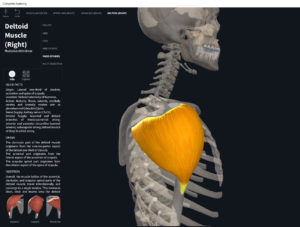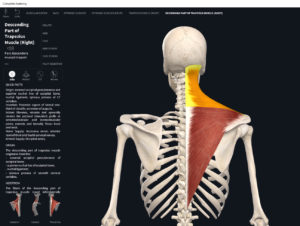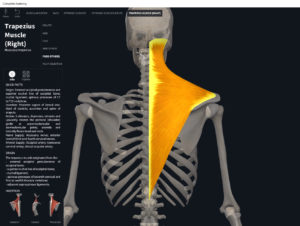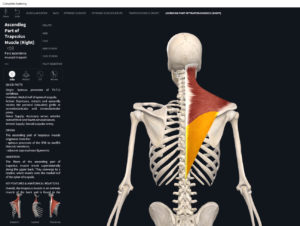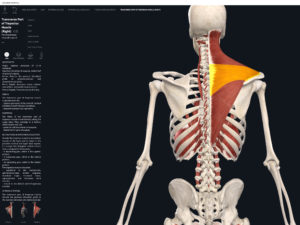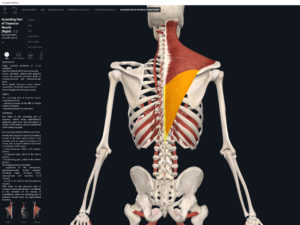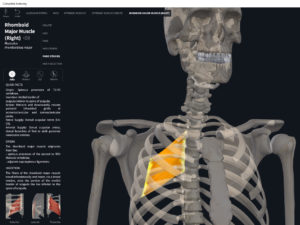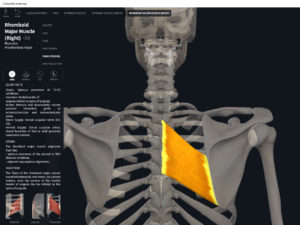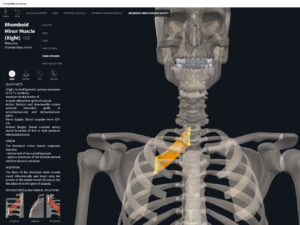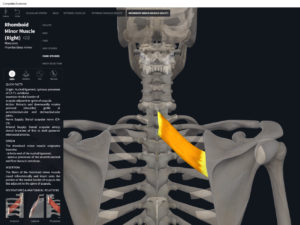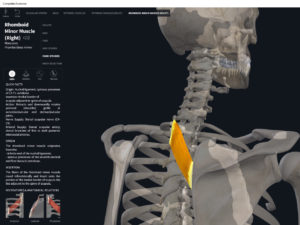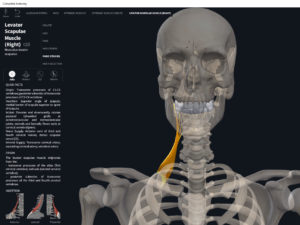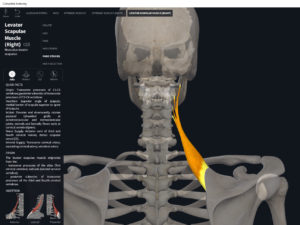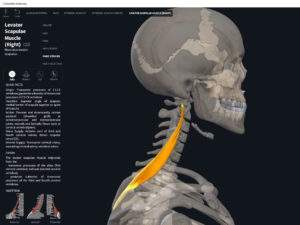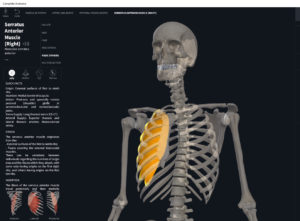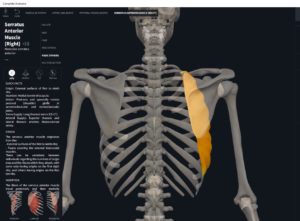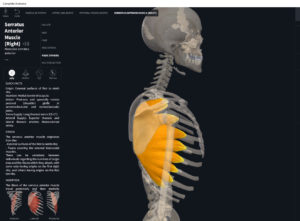Anatomy & Physiology: Muscles—Pectoralis Major.
Structure.
- Origin: anterior surface of clavicular head; anterior surface of sternum, costal cartilage of ribs 2-6 or sometimes 1-7.
- Insertion: greater tubercle and lateral lip of the intertubercular sulcus of of humerus.
Function.
- Concentric action: shoulder flexion (clavicular fibers), horizontal adduction, and internal/medial rotation, protraction.
- Reverse mover action: lateral deviation of trunk; trunk flexion at spinal joints; anterior translation of the trunk; scapular downward rotation; ipsilateral rotation of trunk; trunk elevation.
- Eccentric action: shoulder extension, horizontal abduction, and external rotation, retraction. Controls/restrains/slows arm abduction, lateral rotation, extension, horizontal extension, flexion, and adduction. Controls/restrains/slows scapular retraction, protraction, elevation, and upward rotation. Controls/restrains/slows contralateral rotation, contralateral lateral deviation, posterior translation and depression of trunk.
- Isometric action: stabilization of the shoulder girdle, clavicle, and scapula.
- Innervation: medial and lateral pectoral nerves.
- Arterial supply: pectoral branches of thoracoacromial trunk; posterior intercostal arteries (branches of aorta) and lateral thoracic artery (branch of axillary artery).
Clinical Significance.
More.
- https://www.anatomynext.com/muscles-pectoralis-major-muscle/
- https://www.youtube.com/watch?v=as9Ked5qhXw
- https://www.youtube.com/watch?v=hfrUcSWD3Z8
References
Biel, A. (2015). Trail guide to the body: A hands-on guide to locating muscles, bones and more.
Cedars-Sinai. (2018). Vertebrae of the spine. Retrieved from https://www.cedars-sinai.org/health-library/diseases-and-conditions/v/vertebrae-of-the-spine.html
Clark, M., Lucett, S., Sutton, B. G., & National Academy of Sports Medicine. (2014). NASM essentials of corrective exercise training. Burlington, MA: Jones & Bartlett Learning.
Jenkins, G., & Tortora, G. J. (2012). Anatomy and Physiology: From Science to Life, 3rd Edition International Stu. John Wiley & Sons.
Muscolino, J. E. (2017). The muscular system manual: The skeletal muscles of the human body.


